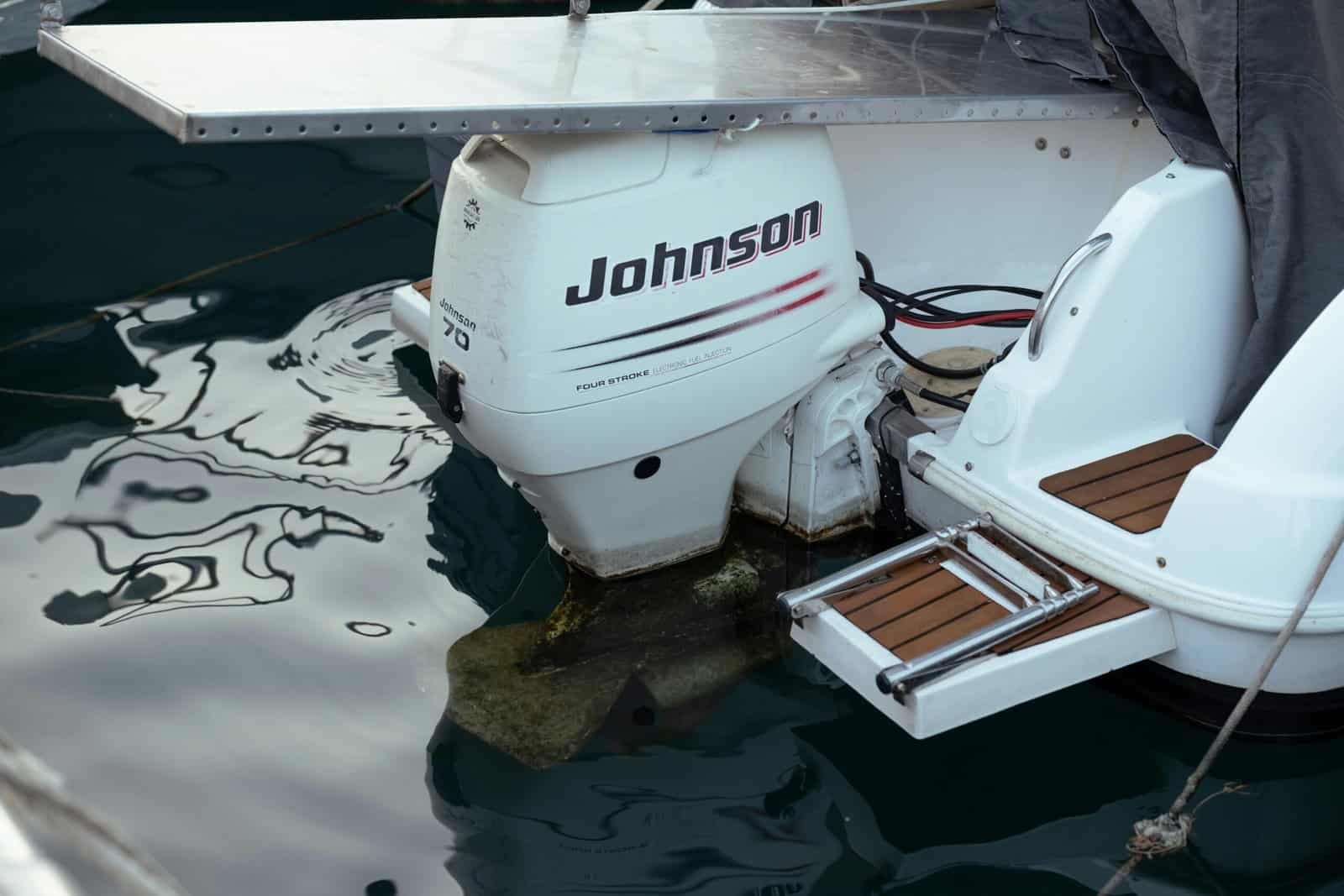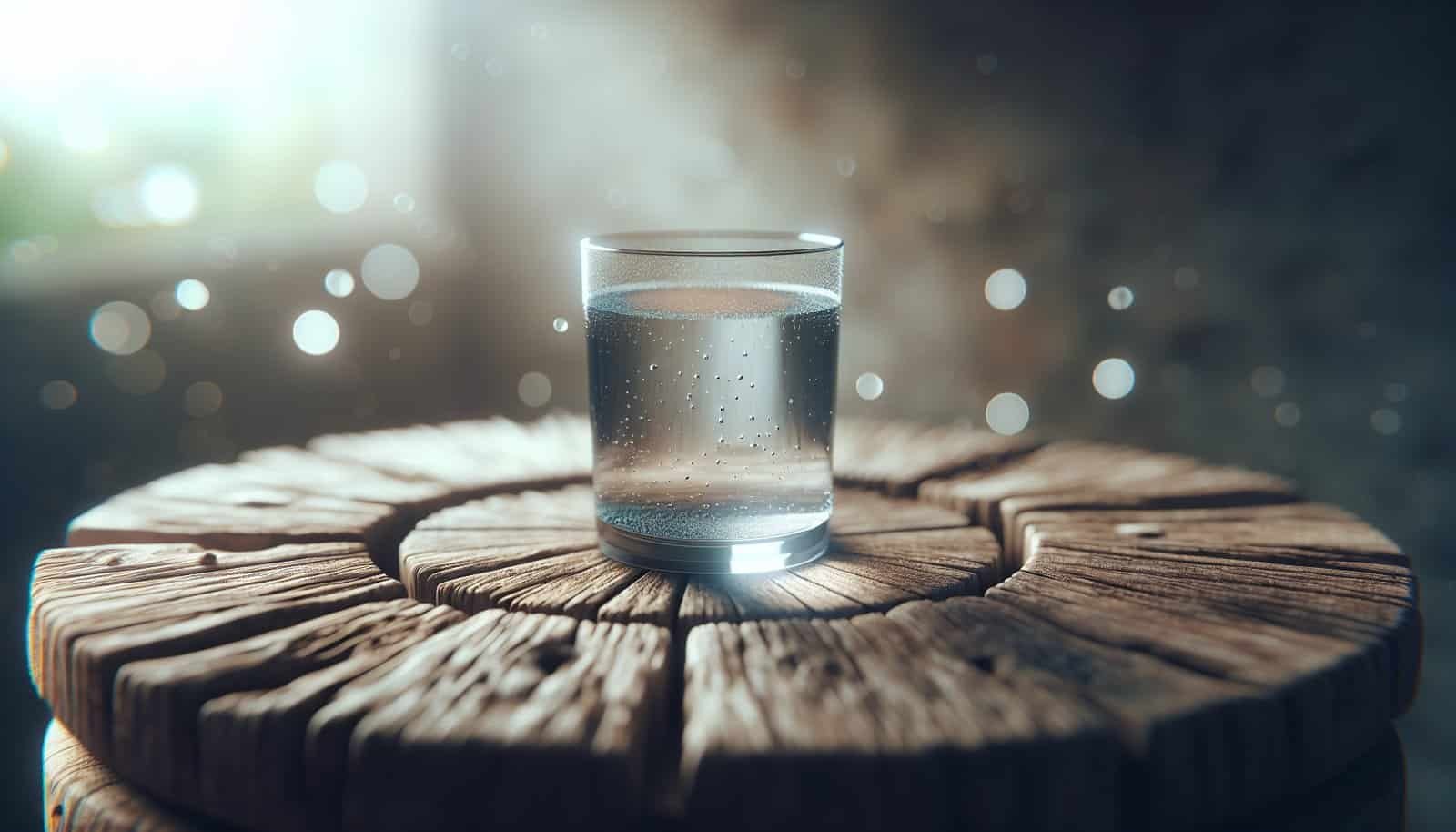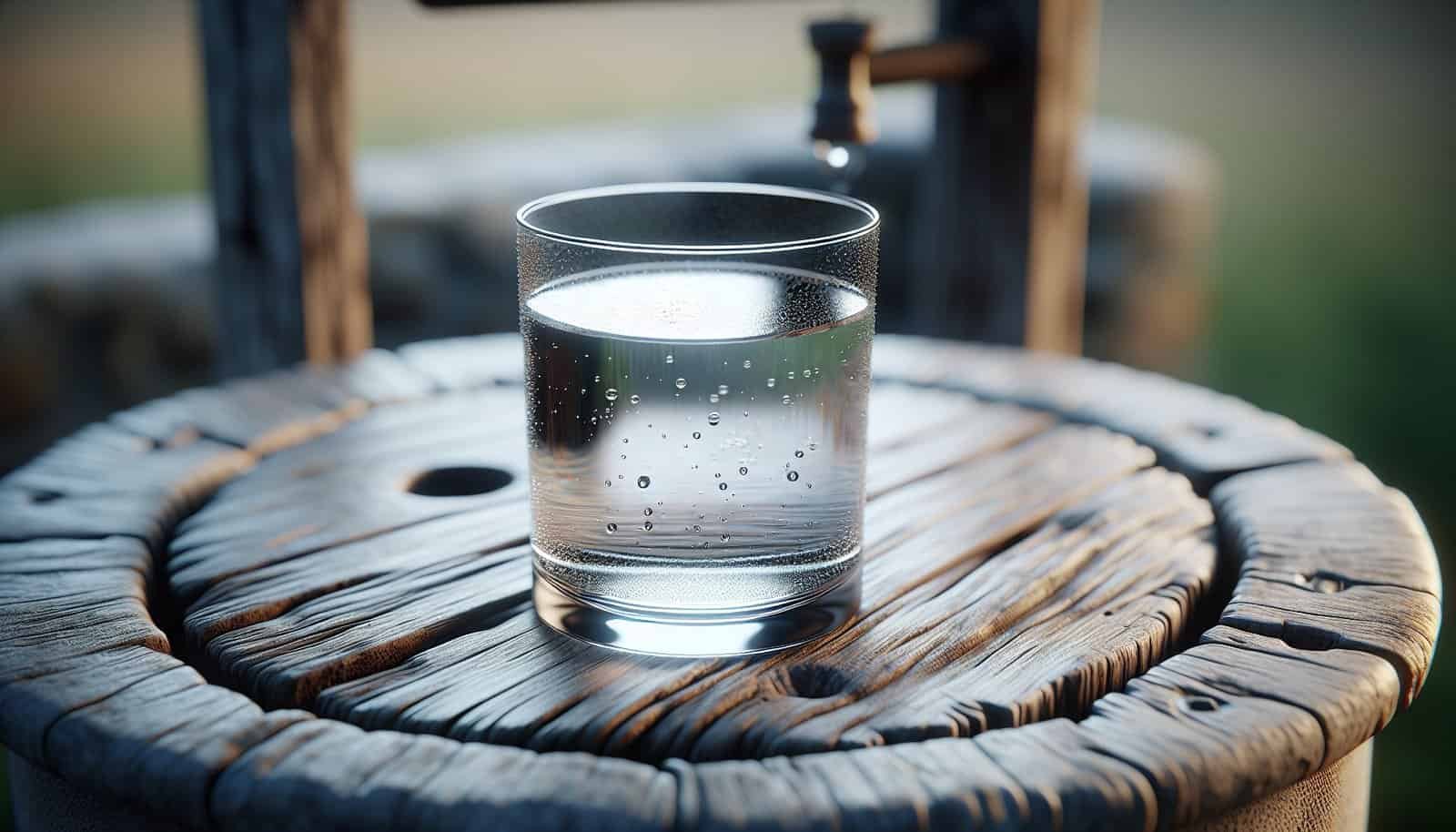How can you tell if your well water is safe to drink?

How Do I Know If My Well Water Is Safe To Drink?
Understanding the safety of your well water matters because you rely on that water for drinking, cooking, bathing, and household uses. Because private wells are not regulated by the EPA, the responsibility to test, interpret results, and take corrective action falls to you. This article walks you through what to test for, how to test, how to interpret results, and what to do if problems arise.
Why You Should Care About Your Well Water
You may not notice problems right away: some contaminants have no taste, smell, or color but still pose health risks. Regular testing helps you find contamination early and avoid short- and long-term health effects. By staying proactive, you protect your family, avoid costly repairs later, and maintain property value.
Common Contaminants in Well Water
There are microbial, chemical, physical, and radiological contaminants that commonly affect private wells. Each contaminant has different sources and health impacts, and each requires different testing and treatment approaches.
| Contaminant Type | Examples | Typical Sources | Health Concerns |
|---|---|---|---|
| Microbial | Total coliforms, E. coli, Giardia, Cryptosporidium | Septic systems, animal waste, surface runoff, flooding | Gastrointestinal illness, fever, vomiting, dehydration; severe risks for infants, elderly, immunocompromised |
| Inorganic chemicals | Nitrate, arsenic, lead, fluoride, uranium | Fertilizers, septic systems, natural geology, corroded plumbing | Methemoglobinemia (nitrate), cancer and organ damage (arsenic), neurological effects (lead) |
| Volatile organic compounds (VOCs) | Benzene, toluene, MTBE, solvents, petroleum products | Leaking underground tanks, industrial spills, pesticides | Cancer risk, liver/kidney damage, neurological symptoms |
| Pesticides | Atrazine, glyphosate, chlorpyrifos | Agricultural runoff, lawn care | Endocrine disruption, cancer risk, acute toxicity |
| Physical/aesthetic | Iron, manganese, hardness, turbidity, pH | Natural geology, corrosion, sediments | Staining, taste, plumbing and appliance damage; some affect treatment effectiveness |
| Radiological | Radon, uranium | Geological sources | Increased cancer risk, kidney damage (uranium) |
Microbial Contaminants (Bacteria, Viruses, Protozoa)
Microbial contamination is the most immediate health risk in wells. Bacteria such as total coliforms are indicators of potential contamination; E. coli presence indicates recent fecal contamination and higher risk of pathogens. Viruses and protozoa like Giardia or Cryptosporidium can cause severe gastrointestinal illness.
You should test for total coliforms and E. coli at least annually and whenever you suspect contamination (after flooding, septic failure, or construction near the well). If you have a private well used by vulnerable people (infants, pregnant people, elderly, immunocompromised), test more frequently.
Chemical Contaminants (Nitrate, Arsenic, Lead, VOCs)
Chemical contaminants can come from natural sources (e.g., arsenic in bedrock), agricultural practices (nitrate from fertilizer), or human activities (leaking tanks introducing VOCs). Some, like nitrates, are especially dangerous for infants because they can cause “blue baby” syndrome (methemoglobinemia). Arsenic and certain VOCs are linked to cancers and chronic health issues.
You should test for common chemical contaminants at least every 1–3 years, and more frequently if you live near agricultural operations, industry, or areas with known geological risks.
Physical and Aesthetic Issues (Iron, Manganese, Hardness, pH)
These issues usually won’t make you seriously ill but can affect taste, smell, color, and your home systems. Hard water can shorten appliance life and hamper soap performance. Iron and manganese stain fixtures and laundry. Low or high pH can corrode pipes and increase metal leaching (like lead).
Test for these parameters regularly if you notice staining, taste or odor changes, or scale buildup. Testing helps you choose the right treatment system.

How Often You Should Test Your Well Water
Testing frequency depends on the parameter and local risk factors. Regular baseline testing and seasonal checks help you spot trends.
| Test | Minimum Frequency | When to Test More Often |
|---|---|---|
| Total coliforms & E. coli | Annually | After flooding, well repair, property changes, or if someone becomes ill |
| Nitrate | Annually | If infants are present, near agricultural land, or after fertilizer application nearby |
| pH, hardness, iron, manganese | Every 1–3 years | If you notice staining, taste, odor, or plumbing issues |
| Arsenic, lead, uranium, radon | Every 2–5 years | If in a region with geological risk or during property transfer |
| VOCs, pesticides | Every 1–3 years | If near industrial sites, gas stations, or agricultural spraying |
| After contamination event | Immediately | After known contamination (septic failure, spill, heavy rain/flooding) |
How to Test Your Well Water
There are two main options: use a certified laboratory for comprehensive testing or use at-home kits for basic screening. Laboratory testing is more accurate and required if you need legally defensible results (e.g., during a real estate transaction). Home kits can alert you to obvious problems but often lack precision.
Steps for testing properly:
- Choose tests: Start with bacteria, nitrate, pH, hardness, iron, and then add contaminants specific to your area (arsenic, lead, VOCs).
- Use a certified lab: Look for state-certified or EPA-recognized labs. Your local health department can recommend labs.
- Collect samples correctly: Follow the lab’s instructions exactly. Typically, you’ll collect water directly from a well tap or the first-draw from a kitchen faucet after disinfecting the faucet. Use sterile bottles for microbiological samples and avoid contact with the inside of the cap.
- Timing: Deliver microbiological samples to the lab within the required holding time (often within 24 hours) and keep samples cool during transport.
- Documentation: Fill out lab forms completely and retain copies of chain-of-custody if provided.
If you use an at-home test kit, follow instructions carefully and confirm positive or concerning results with a certified lab.
Sample Collection Best Practices
Proper sampling prevents false positives or negatives. For bacteriological samples, the goal is to avoid contaminating the sample with bacteria from the faucet or your hands.
- Use a cold-water tap that’s been disinfected by flame or with bleach as instructed (if safe).
- Run water to clear stagnant lines (but for first-draw lead testing, you might need the first water).
- Collect samples in sterile, labeled containers provided by the lab.
- Keep samples cool (ice chest) and deliver them promptly.

Interpreting Test Results
When you get lab results, they usually show the concentration of contaminants in units such as milligrams per liter (mg/L), micrograms per liter (µg/L), or colony-forming units per 100 milliliters (CFU/100 mL) for bacteria. Compare results to health-based guidelines or Maximum Contaminant Levels (MCLs) set by the EPA for public water systems. Although private wells are not regulated by EPA standards, those limits are useful benchmarks.
Key reference points:
- Bacteria: Any E. coli detected is considered unsafe; repeat testing and corrective actions are necessary. Total coliforms indicate potential system vulnerability.
- Nitrate: 10 mg/L (as nitrate-nitrogen) is the EPA MCL for public systems; infants under six months are at greatest risk below that threshold.
- Arsenic: 10 µg/L (EPA MCL); long-term exposure increases cancer risk.
- Lead: Action level of 15 µg/L (15 ppb) in public systems; any detected lead should be evaluated, especially for infants and pregnant people.
- Radon and uranium: No single national standard for private wells; state guidelines vary. Uranium MCL is 30 µg/L (federal).
- VOCs and pesticides: Compare to EPA MCLs or state limits.
If results exceed health-based limits or if any E. coli is present, plan corrective action.
Common Test Results and What They Mean
- Total coliforms positive, E. coli negative: Your well system may have a vulnerability — fix sanitary defects and consider treatment or chlorination.
- E. coli positive: Indicates fecal contamination—use bottled or boiled water until resolved and disinfect the well.
- High nitrate: Likely agricultural runoff or septic influence—do not give that water to infants; consider treatment (ion exchange or reverse osmosis) or find alternate water.
- Elevated arsenic: Natural geological source in many regions—treat with specialized adsorption filters or RO; do not rely on boiling (it concentrates arsenic).
- VOCs detected: Identify source and consider point-of-entry or point-of-use treatment; licensed professionals may be needed.
What to Do If Tests Show Contamination
Follow these general steps:
- Act immediately if bacteria or acute contaminants are present: stop using the water for drinking and cooking. Use bottled water or boil water for at least one minute if necessary (boiling kills bacteria and viruses but does not remove chemicals).
- Notify household members and reduce water use for cooking and brushing teeth.
- Contact your local health department for guidance and recommended testing.
- Identify the source: inspect the wellhead, check for cracks, improper well cap, surface water pooling, or recent nearby activities (pesticide application, fuel spill).
- Repair sanitary defects: ensure the well is properly sealed, the cap is intact, and surface water drains away from the well.
- Disinfect the well: shock chlorination can eliminate bacterial contamination in many cases; hire a professional if uncertain.
- Retest after corrective actions: confirm that treatments and repairs worked with timely follow-up testing.

Emergency Actions for Bacterial Contamination
If immediate contamination is suspected:
- Use bottled water or use boiled water for drinking and food prep (boil for at least one minute; at higher altitudes boil longer).
- For infant formula, use bottled water if nitrates or chemical contamination is suspected. Boiling does not remove nitrates.
- Avoid using water for brushing teeth unless boiled or bottled.
- Do not use the washing machine for heavily soiled water issues; avoid heat-sensitive appliance damage.
Shock chlorination steps (general guidance — follow local health department instructions or hire a professional):
- Calculate the amount of household bleach needed for the well volume.
- Mix and pour the bleach solution into the well; circulate treated water through every tap until chlorine odor is present.
- Let the system sit for the recommended contact time (often 6–24 hours).
- Flush the system until the chlorine odor is gone and retest.
Note: Chlorination won’t remove chemical contaminants like nitrates, arsenic, or VOCs.
Treatment Options for Specific Contaminants
Selecting treatment depends on what you need to remove and whether you want whole-house (point-of-entry) or drinking-water-only (point-of-use) treatment. Maintenance and proper sizing are critical.
| Contaminant | Common Treatments | Typical Uses | Pros | Cons |
|---|---|---|---|---|
| Bacteria, viruses, protozoa | UV disinfection, chlorination | POE or POU for drinking water | Effective for microbes; UV leaves no taste | UV needs pre-filtering for turbidity; chlorination adds taste/odor |
| Nitrate | Reverse osmosis, ion exchange, distillation | POU drinking water | Effective at reducing nitrates | RO wastes water; ion exchange requires regeneration; costs |
| Arsenic | Adsorptive media (iron-based), reverse osmosis | POU or POE | Effective when designed properly | Media replacement; requires testing for media exhaustion |
| Lead | Replace plumbing, point-of-use RO, certified filters | POU for drinking | Immediate reduction; addresses health risk | Plumbing replacement is expensive but permanent |
| VOCs | Granular activated carbon (GAC), air stripping, RO | POU/POE depending on compound | Effective for many VOCs | GAC requires regular change; air stripping needs proper disposal |
| Hardness (calcium/magnesium) | Water softeners (ion exchange) | POE for entire home | Reduces scale and soap use | Adds sodium (or potassium) to water; requires regeneration |
| Iron/manganese | Oxidizing filters, greensand, aeration | POE | Removes staining metals | Periodic media regeneration or replacement |
| Radon | Aeration systems, granular activated carbon | POE | Aeration effectively removes radon | Aeration requires proper venting; GAC generates radioactive waste |
| Uranium | Ion exchange, reverse osmosis, lime softening | POU/POE | Effective when designed properly | Handling and disposal of waste require care |
Choosing Between Point-of-Use and Point-of-Entry Treatment
- Point-of-Use (POU): Systems like under-sink RO treat only the water you drink or cook with at a single tap. They’re often cheaper and easier to maintain, and they’re suitable when the contamination affects only drinking water needs (e.g., nitrates, arsenic).
- Point-of-Entry (POE): Whole-house treatments protect all household water (showers, laundry, appliances). Choose these when contamination affects water used for bathing or when you want to protect plumbing and appliances (e.g., iron, hardness, radon). POE systems are more expensive and require more maintenance.

Costs and Maintenance Considerations
Expect variation in costs depending on system type, water quality, and installation complexity. Typical ranges:
- Basic filtration or carbon filter: a few hundred dollars + annual cartridge replacement.
- UV disinfection: $400–$2,000 plus lamp replacement annually.
- Reverse osmosis (POU): $300–$1,500 plus membrane and filter changes.
- Whole-house systems (softeners, POE oxidizing filters): $800–$5,000+ installed, plus salt/media costs and periodic servicing.
Regular maintenance is crucial: replace filters, disinfect when needed, clean softener brine tanks, and schedule annual inspections.
Preventing Well Contamination
Prevention is the most cost-effective strategy. Regular maintenance, proper siting, and good landscaping keep contaminants away.
- Ensure proper well construction: grout, a sealed sanitary well cap, and appropriate casing depth protect against surface water intrusion.
- Keep chemicals, fuel, and livestock away from the wellhead; maintain at least recommended setbacks for septic systems, septic drain fields, and fuel tanks.
- Grade land so water drains away from the well.
- Avoid storing hazardous materials near the well.
- Secure and fence the well area to prevent animal access.
- Inspect the well annually for cracks, loose caps, or other defects.
After Flooding or Heavy Rain
Flooding significantly increases the risk of microbial contamination. If your well was flooded or if you see murky water:
- Assume contamination until proven otherwise.
- Use bottled or boiled water for drinking and cooking.
- Have the well inspected and disinfected by a professional.
- Retest after shock chlorination to confirm safety.
Real Estate Transactions and New Wells
If you’re buying or selling a property with a private well, test for a full panel of contaminants before closing. Typical buyer precautions:
- Order a comprehensive water test (bacteria, nitrate, lead, arsenic, VOCs, pesticides, hardness, iron).
- Request well construction records and maintenance history.
- Consider including a contingency clause requiring remediation if results exceed safe limits.
If you’re getting a new well drilled, ensure the driller is licensed and the site is properly sited away from contamination sources.
Working with Professionals
When you need to hire a lab, driller, or water treatment installer:
- Ask for certifications and references. Labs should be state-certified for drinking water analysis.
- Get multiple written quotes for treatment systems, including maintenance costs.
- Ask for a detailed proposal describing what the system removes, maintenance schedule, warranty, and expected lifespan.
- Ensure installers follow local plumbing codes and obtain necessary permits.
Record Keeping and Regular Monitoring
Keep a folder with:
- All lab reports and dates
- Well construction and location records
- Maintenance and repair receipts
- Treatment system manuals and service logs
This history helps you detect trends, informs future testing, and adds value during property sales.
Reading a Lab Report (Simple Guide)
Lab reports typically list analytes, units, your sample result, and reference limits. Key points:
- Units: mg/L (same as parts per million, ppm), µg/L (parts per billion, ppb), CFU/100 mL for bacteria.
- Compare your result to the EPA MCL or state guideline.
- Look for notes on detection limits — “<” indicates below detection limit.< />i>
- Ask the lab to explain anything you don’t understand; they can also recommend further tests.
Special Considerations
- Pregnant people and infants: be more cautious about nitrates, lead, and other contaminants; consider more frequent testing.
- Immunocompromised individuals: microbial contaminants pose higher risk; consider point-of-use disinfection (UV), and tighter testing schedules.
- Older homes: plumbing may contain lead; test first-draw samples for lead and consider replacing plumbing if lead is present.
- Agricultural areas: test for nitrates, pesticides, and microbial contamination more frequently.
State and Local Resources
Your state or local health department, cooperative extension, or environmental agency often provides low-cost testing, lists of certified labs, and guidance on well construction and disinfection. Contact local authorities for region-specific advice and for records on known contamination issues in your area.
Summary: A Practical Checklist
- Test your well at least once a year for total coliforms and E. coli and check nitrate levels annually.
- Add tests for arsenic, lead, VOCs, pesticides, or radon depending on local risks.
- Use a state-certified lab for accurate, defensible results.
- Act immediately if E. coli or dangerous chemical levels are detected — use alternate water and contact health officials.
- Fix sanitary defects, disinfect properly, and retest after repairs.
- Choose treatment systems based on contaminants and whether you need whole-house or drinking-water-only protection.
- Maintain records and schedule regular maintenance for treatment systems.
Final Thoughts
You have control over the safety of your well water by testing regularly, interpreting results with reliable benchmarks, and taking the right corrective or preventive actions. Even though private wells aren’t federally regulated, following professional guidance and staying proactive will keep your water safe and your household protected. If anything in your test results is unclear or if contamination is found, reach out to your local health department or a certified water professional for step-by-step assistance.
